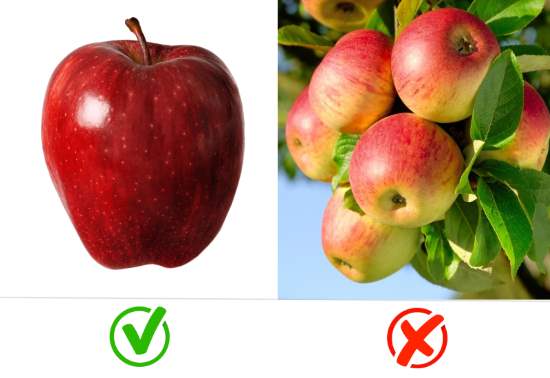All cards should be made on fairly stiff white cardboard. You will need a good supply of white poster board cut into 4″ x 24″ strips.
The words are needed to be large and red. Make the letters 3″ high. Use lowercase letters except in the case of a proper noun, which of course always begins with a capital letter. Otherwise you will always use lowercase lettering, since this is the way words appear in books.

Make certain your letters are very bold. They should be approximately 1/2″ wide or wider. This intensity is important to help make it easier for your child to see the word.
Make sure you place the word on the card so that there is a border of 1/2″ all around the word. This will give you space for your fingers when you hold up the card.
The materials begin with large red lower-case letters and progressively change to normal-size black lower-case letters. This is because tiny children have immature visual pathways. The print size of the materials needs to decrease gradually so that the visual pathway may mature through stimulation and use.
The large letters are used initially for the simple reason that they are most easily seen. They are red because red attracts a small child.
It is better to begin teaching a small child to read words by using the 'self' words because the child learns first about his own body. Then we can add the 'home' vocabulary (chair, wall, bed and etc.), possessions (socks, cup, spoon and etc.), foods and etc.
